Sony A200: Entry DSLR Roundup
by Wesley Fink on October 20, 2008 1:00 AM EST- Posted in
- Digital Camera
Sony A200 vs. Nikon D60 vs. Canon 40D
It is widely known that the Nikon D60 utilizes the same Sony 10.2MP CCD sensor used in the Sony A200/A300 and the Pentax K200D. Any differences you might find between image quality of the A200 and D60 will therefore reflect the differences in processing electronics employed by each camera maker and perhaps the differences in the lenses used on each camera when the image was captured.
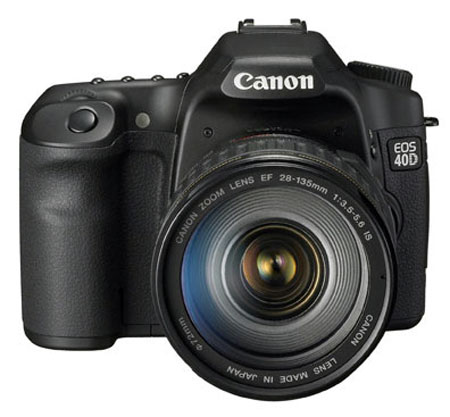
The 10.1MP Canon D40 uses the Canon CMOS sensor. The sensor size is the same as the Canon XS/XTi but the D40 does extend to ISO 3200, unlike the XS/XTi. Therefore all three cameras in this comparison reach from ISO 100 to ISO 3200.
It should not come as a surprise that the performance of the Sony A200 and Nikon D60 are all but the same in these noise tests. They are, after all, essentially the same sensor with different post capture electronics. What may come as a surprise is how very close the CMOS sensor Canon D40 results are to these two entry models. All three cameras capture very usable images with little difference among the results to ISO 1600. It is interesting that sharpening is also similar to ISO 800, but at ISO 1600 the Canon image is softer, which is one of the techniques used to reduce the appearance of noise.
By ISO 3200 the extra softening in the 40D is very apparent, with the consumer Nikon showing the greatest sharpness and the Sony A200 somewhere in between. If we adjust sharpness to comparable levels among the three cameras at ISO 3200 results are very close, but we would not choose any of these cameras at ISO 3200 for large prints, though all should be fine for 4x6 snapshots and small prints.
These results are a testament to how much the DSLR market has evolved in the last couple of years. For a long time Canon CMOS sensors were the clear resolution and low-noise leader in the market. Sony sensors have evolved quite a lot in the meantime and that Canon advantage is no longer so obvious.
The Canon warm Tungsten balance is still obvious. The Nikon colors are very slightly warm but acceptable and the Sony colors appear to be the most neutral is this side-by-side. The Sony A200 results are hard to fault in these JPG crops to ISO 1600, but we still think there is too much "edge-noise" in the Sony at ISO 3200 compared to the Canon or Nikon.


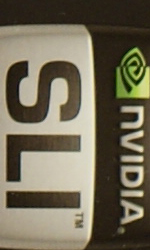
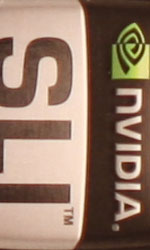
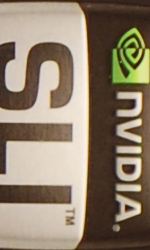
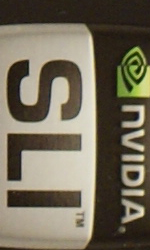
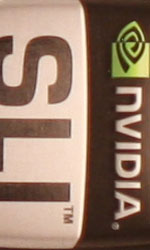
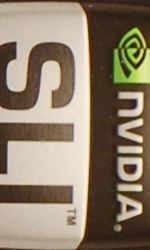
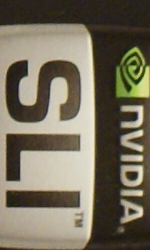
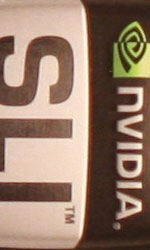

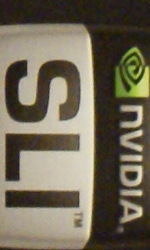

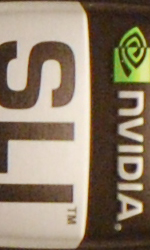
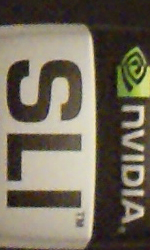
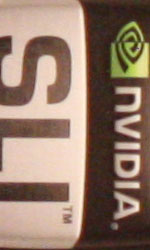
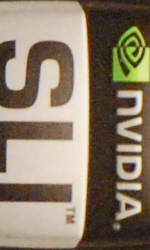

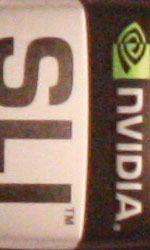
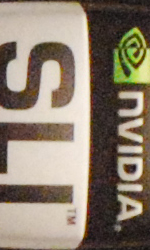








32 Comments
View All Comments
JarredWalton - Monday, October 20, 2008 - link
I think particularly in the entry level DSLR arena, using the included lenses for images is important. The pictures of even a moderate DSLR with kit lens should easily surpass what most P&S cameras can manage, which is one of the big attractions. As soon as you get into lenses, however, you open up a huge can of worms.As for the subject material... well, I'll leave it to the photography buffs to debate what should be used. I believe Wes is working on some photos showing what the A200 can do out of a static test environment, but in order to provide any semblance of apples-to-apples shooting comparisons I think you need to do something like the shots Wes uses. I know I for one wish the white balance on my XTi did better under Tungsten lighting.
nowayout99 - Monday, October 20, 2008 - link
"...it is easy to forget that many buyers are looking for the absolute best "bang-for-the-buck" in a camera."Really...? Therein lies a divide between AT and readers. Articles for high-end products really aren't appealing to that many people, yet that's almost all we've gotten for cameras.
Even this $500 cam is pretty high-end priced for the vast majority of people that just want something they can take around with them for fun. How about some comparisons of joe schmoe cameras?
strikeback03 - Tuesday, October 21, 2008 - link
On Sunday a friend and I went to a local state park to get some pictures of the leaves. He owns a Canon SD600, a relatively decent couple year old P&S. At one point he was asking me to get some close-ups of a rock face, so instead I tossed my Sigma 18-200 OS on my Rebel XT body (wasn't using either) and let him play with those. I think he is now in the market for an SLR, as some comparison shots he did with his SD600 just blew him away, and that was just in basic JPEG mode.GTVic - Monday, October 20, 2008 - link
This is what epinions and CNET is for. I don't think you will find too many serious reviewers who want to spend their time keeping updated on the sub $200 camera market. It is not interesting, there are too many cameras to keep track of and not many people do serious research on that level of purchase.adder - Monday, October 20, 2008 - link
well i hope u guys do some lens reviews,and for people who are going in for a entry level dslr may not know much about lenses other then the kits lenses.strikeback03 - Monday, October 20, 2008 - link
Is the grip the same as the A100? Between the length and positioning of the shutter release/dial, I found the A100 quite uncomfortable to use. For me either the shorter bodies like the Canon Rebels or the taller ones like Nikon D80/Canon 40D are far more comfortable.FATCamaro - Monday, October 20, 2008 - link
It is a great point and shoot camera. I use mine a LOT and couldn't be happier. I use it as a point and shoot except for ISO and flash control. The ISO control is incredible simple and useful. I would reccomend this to to anyone switching up to a DSLR from a shitty point and shoot.DanD85 - Monday, October 20, 2008 - link
It seems you forget the still available D40/D40x and I think they perfectly fit in the budget DSLRs you have here.Wesley Fink - Monday, October 20, 2008 - link
Ken Rockwell notwithstanding, the D40 is 6 megapixels and the D40x is the previous model to the D60. Both are capable entry DSLRs that have been updated in the D60, which we did test in our comparison.The D40/D40x are 3-point AF, have no sensor cleaning, and come with non-IS kit lenses. Their features have been upgraded on the D60, which is the entry model we tested.
xsilver - Monday, October 20, 2008 - link
also forgotten is the pentax line. The k200d doesnt have live view either but using old lenses on them is a joy.